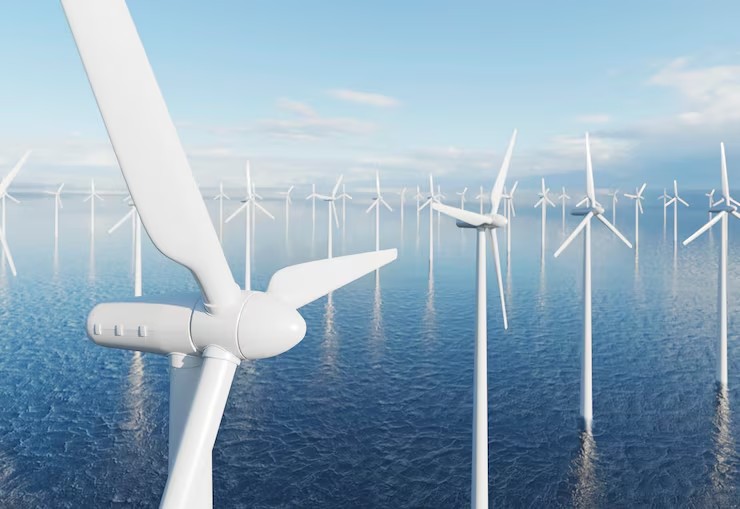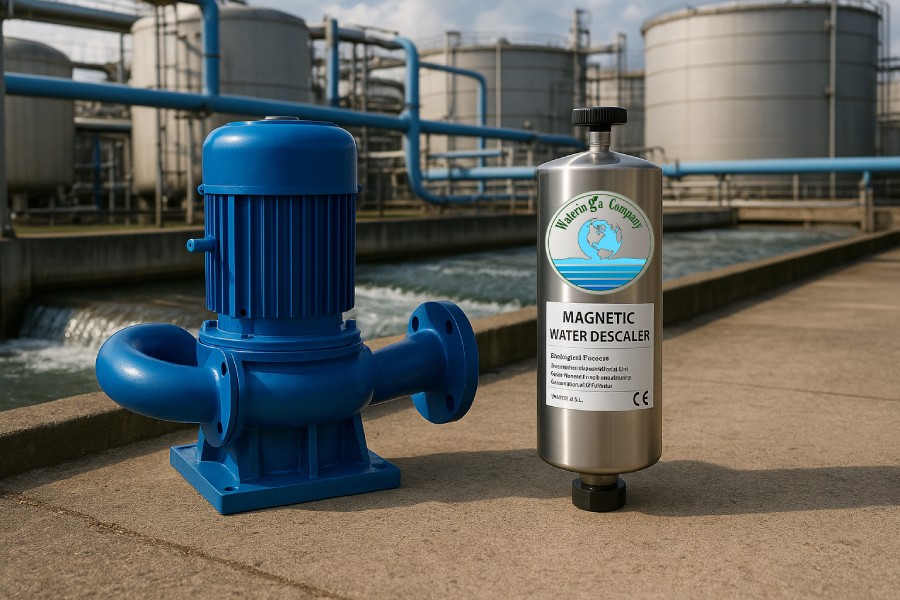Access to clean, potable water and a reliable source of electricity are fundamental needs, yet many remote and underserved communities lack one or both. Traditional infrastructure solutions are often costly, difficult to implement, and not always sustainable. There is a need to have a new solution to these interconnected issues using one common solution. Wateringa has come up with a revolutionary dual-purpose electrical and water offering, which builds on the physical characteristics of the water to produce power and also purify it. The invention offers a sustainable and cost-effective solution to a worldwide issue, especially in regions that cannot support traditional systems of grids and water.
The Synergistic Technology of Water and Power
The main development of the Wateringa system is a synergistic process wherein the same principles of physical phenomena are applied to accomplish two different and essential functions. This new design will enable the device to offer a new degree of resource independence.
Generating Electricity from Water Flow
The device is equipped with a mechanism that harnesses the mechanical energy of water flow through a pipe. This energy is then transformed into electrical energy, which can also be utilized to run a wide range of gadgets. The technology is completely independent in that it does not need an external source of power or fossil fuels to run the process. This ensures that it is an ideal option in off-grid applications where power is a resource that is limited resource.
The Simultaneous Water Treatment Process
During the power generation process, the device performs its main role in terms of water treatment. It operates on the principle of magnetic energy to modify the nature of the mineral salts in the water, which renders them unable to form scale. This is smoothly combined with the electricity generation mechanism, and therefore, both processes take place at the same time as the water passes through the machine.
A Closed-Loop, Sustainable System
The dual-function electricity and water solution is an example of sustainable technology. It takes only one renewable resource, which is the flow of water, to generate clean water and electricity. This closed-loop system eliminates the need to use outside resources and offers an entirely chemical-free process of water treatment. This is an eco-friendly strategy as well as a very cost-effective approach in the long run.
Expert Insight
Engineering experts highlight that this system’s efficiency and simplicity are a game-changer. It eliminates the need for two separate and complex systems (a power generator and a water descaling machine). This integration represents a significant leap forward in resource management.
Practical Applications and Economic Advantages
The technical innovation of the Wateringa system offers a great deal of practical value, which can be converted into practical economic gains and an improved quality of life for the users. It streamlines water management through intelligent monitoring and precise control, reducing waste and operational costs. The system empowers communities and industries by integrating sustainability with efficiency to achieve long-term environmental and financial resilience.
Empowering Remote and Rural Communities
This is a dual-function electricity and water solution that would effectively suit remote areas and rural communities that do not have modernized infrastructure. The machine is capable of offering a decentralized supply of clean water and energy, allowing simple sanitation, lighting, and communication. It is easily installed and can be used in places that are not well-accessible by conventional infrastructure, which makes it an affordable solution.
A Cost-Effective Solution for Households and Businesses
The Wateringa system is an affordable alternative to traditional water descalers and power generators. It is free of maintenance and service fees, hence saving a lot of revenue in the long run. This is particularly beneficial for households, dental units, and small businesses that seek to reduce their operational costs and become more self-sufficient.
Improving Industrial Efficiency
In industrial settings, the device’s ability to generate electricity can supplement or reduce reliance on the main power grid. This industrial efficiency is combined with its water descaling function. It guarantees that precious machinery and pipelines are not covered with minerals, ensuring that they do not need expensive repairs and increasing the durability of equipment.
Case Study: A Farm in Rural Canada
A Canadian rural farm was experiencing difficulties with hard water ruining its irrigation system. It also did not have a dependable source of power to its outlying fields. Following the installation of a Wateringa, the farm was in a position to do away with the scale formation in its pipes, which enhanced the flow of water and also minimized the maintenance. The device produced electricity, which was directed to light and small pumps to operate in the fields. The farm claimed that it was a lot more efficient and experienced a considerable saving in the costs of operation.
Closing Thoughts
The dual-function electricity and water solution by Wateringa is not just a product; it is an essential instrument in the effective development of the future. It also uses one integrated technology to achieve two of the most urgent challenges facing the world: clean water and energy. The device is a testament to how innovative engineering can provide a simple yet powerful solution for a more resilient and self-sufficient future.
Conclusion
Wateringa’s water treatment device is a revolutionary product. It is a sustainable, chemical-free, and affordable solution to an issue that affects society at large. The new efficiency and reliability are brought by the innovative technology of the device that utilizes electromagnetic waves to fend off scaling. The product is a testimony to the fact that technology can be used to make the future of everyone more efficient, sustainable, and a more profitable.




